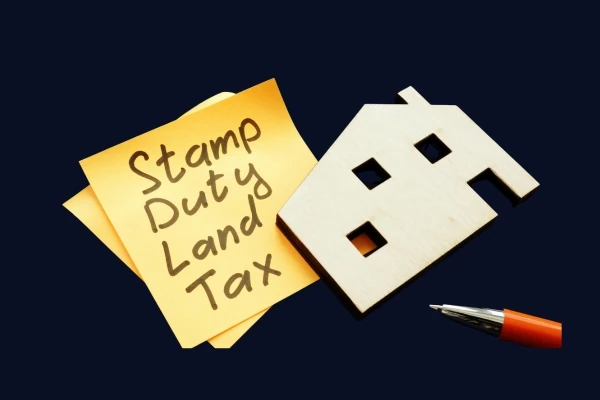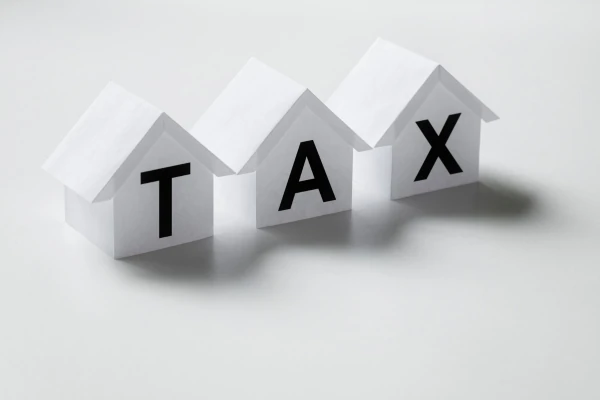What Is Stamp Duty Land Tax?
Stamp Duty Land Tax (SDLT) is a tax charged on purchases of property or land in England and Northern Ireland when the price paid is above a certain threshold. It applies to freehold and leasehold purchases, whether you’re buying outright or with a mortgage.
How much SDLT you pay depends on:
- The price of the property or land
- Whether it’s residential or non-residential
- If you’re a first-time buyer (you may get a discount)
- If you already own another property (you may pay an extra surcharge)
Understanding how SDLT works helps you budget for all the costs involved in buying property and avoid surprises when it’s time to complete the purchase.
Getting Started with Stamp Duty Land Tax
Before you buy property or land, it’s important to understand when Stamp Duty Land Tax applies and how much you might need to pay. SDLT is calculated on the portion of the purchase price that falls within each rate band, not the total value in one block.
If you’re a first-time buyer, you may get relief on residential properties up to a certain value meaning you pay less or no SDLT on part of the price. If you’re buying an additional property, such as a second home or buy-to-let, you’ll usually pay a higher rate due to a surcharge.
Knowing the rules, the thresholds, and how to report and pay SDLT helps you plan ahead, budget accurately, and stay compliant when you complete your property purchase.










